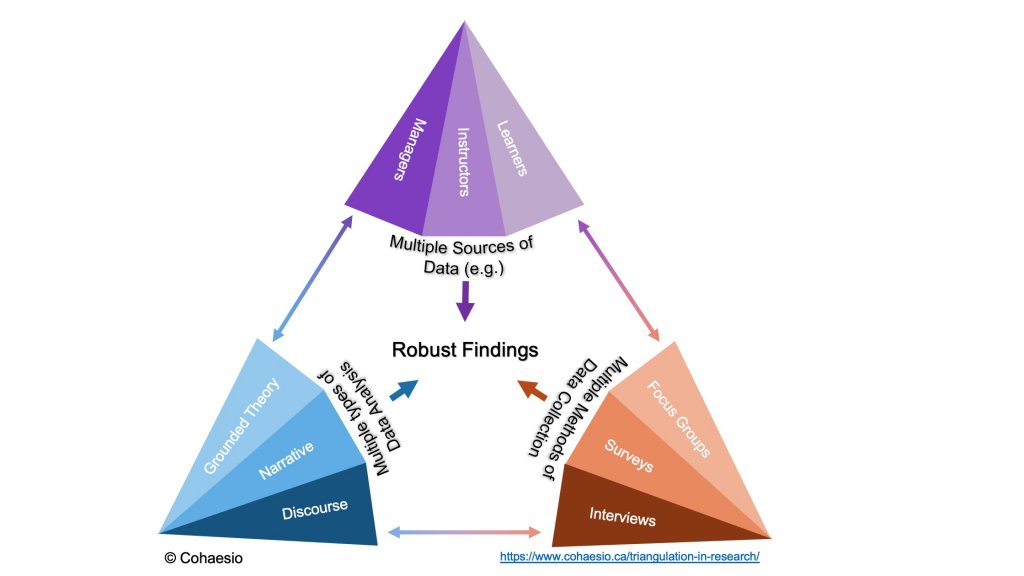Watersoluble Vitamin Mineral Feed Supplements Market Size & CAGR
The Watersoluble Vitamin Mineral Feed Supplements market is projected to reach a market size of USD 5 billion by 2023, with a Compound Annual Growth Rate (CAGR) of 6% during the forecast period. The forecasted growth rate from 2023 to 2030 is expected to be around 8.5%, driven by increasing awareness about the importance of vitamin and mineral supplements in animal feed.
COVID-19 Impact on the Watersoluble Vitamin Mineral Feed Supplements Market
The COVID-19 pandemic has had a significant impact on the Watersoluble Vitamin Mineral Feed Supplements market. The disruptions in the supply chain, restrictions on trade, and economic slowdown have affected the market dynamics. However, the market has shown resilience and adapted to the changing landscape by introducing innovative solutions and digital technologies to meet the evolving needs of the industry.
Watersoluble Vitamin Mineral Feed Supplements Market Dynamics
The Watersoluble Vitamin Mineral Feed Supplements market is driven by the growing demand for high-quality animal feed supplements that enhance the overall health and productivity of livestock. The market dynamics are influenced by factors such as technological advancements, regulatory changes, shifting consumer preferences, and increasing focus on sustainable and organic feed solutions.
Segments and Related Analysis of the Watersoluble Vitamin Mineral Feed Supplements Market
The Watersoluble Vitamin Mineral Feed Supplements market can be segmented based on technology, product, application, and end-user. Each segment plays a crucial role in catering to specific market needs and requirements, offering a diverse range of products and services tailored to different industry verticals.
Watersoluble Vitamin Mineral Feed Supplements Market Analysis Report by Region
Asia-Pacific Watersoluble Vitamin Mineral Feed Supplements Market Report
The Asia-Pacific region is a key market for Watersoluble Vitamin Mineral Feed Supplements, driven by the growing demand for high-quality animal feed solutions in countries like China and India. The market in this region is characterized by rapid industrialization, urbanization, and increasing disposable income, leading to a rising demand for premium animal nutrition products.
South America Watersoluble Vitamin Mineral Feed Supplements Market Report
The South America market for Watersoluble Vitamin Mineral Feed Supplements is influenced by factors such as climate conditions, agricultural practices, and government regulations. The region offers significant growth opportunities for market players looking to expand their presence and tap into emerging markets in countries like Brazil and Argentina.
North America Watersoluble Vitamin Mineral Feed Supplements Market Report
North America is a mature market for Watersoluble Vitamin Mineral Feed Supplements, characterized by a high level of awareness about animal nutrition and health. The region is home to key market players and research institutions driving innovation and technological developments in the field of animal feed supplements.
Europe Watersoluble Vitamin Mineral Feed Supplements Market Report
Europe represents a lucrative market for Watersoluble Vitamin Mineral Feed Supplements, supported by stringent regulations governing animal health and welfare. The market in Europe is driven by the increasing focus on sustainable farming practices, animal welfare concerns, and the rising demand for organic and natural feed solutions.
Middle East and Africa Watersoluble Vitamin Mineral Feed Supplements Market Report
The Middle East and Africa region offer growth opportunities for Watersoluble Vitamin Mineral Feed Supplements market players due to the expanding livestock industry, rising consumption of meat products, and increasing investments in agriculture and animal husbandry. The market dynamics in this region are influenced by factors such as climate conditions, water scarcity, and government policies supporting the agriculture sector.
Watersoluble Vitamin Mineral Feed Supplements Market Analysis Report by Technology
The Watersoluble Vitamin Mineral Feed Supplements market can be analyzed based on different technologies used in the production and formulation of animal feed supplements. Technologies such as encapsulation, spray-drying, and nano-emulsification play a crucial role in enhancing the bioavailability and stability of vitamins and minerals in animal feed.
Watersoluble Vitamin Mineral Feed Supplements Market Analysis Report by Product
The Watersoluble Vitamin Mineral Feed Supplements market offers a wide range of products, including single vitamin supplements, mineral blends, vitamin-mineral combinations, and customized feed formulations. Each product category caters to specific nutritional requirements of different livestock species, age groups, and production stages.
Watersoluble Vitamin Mineral Feed Supplements Market Analysis Report by Application
The application of Watersoluble Vitamin Mineral Feed Supplements varies across different livestock segments, including poultry, swine, ruminants, aquaculture, and pet animals. Each application segment presents unique challenges and opportunities for market players, influencing product development, marketing strategies, and distribution channels.
Watersoluble Vitamin Mineral Feed Supplements Market Analysis Report by End-User
The end-users of Watersoluble Vitamin Mineral Feed Supplements include feed manufacturers, farmers, veterinarians, and pet owners. These stakeholders play a crucial role in the value chain of animal feed supply, from sourcing high-quality ingredients to formulating balanced diets, managing feed production, and ensuring the health and performance of livestock.
Key Growth Drivers and Key Market Players of Watersoluble Vitamin Mineral Feed Supplements Market and Competitive Landscape
The key growth drivers of the Watersoluble Vitamin Mineral Feed Supplements market include increasing awareness about animal health and nutrition, growing demand for premium feed solutions, regulatory support for sustainable agriculture practices, and technological advancements in feed formulation and delivery systems. The key market players operating in the Watersoluble Vitamin Mineral Feed Supplements market include:
- Company A
- Company B
- Company C
- Company D
Watersoluble Vitamin Mineral Feed Supplements Market Trends and Future Forecast
The Watersoluble Vitamin Mineral Feed Supplements market is witnessing emerging trends such as the adoption of natural and organic feed solutions, personalized nutrition for different livestock species, digital transformation of supply chains, and the integration of blockchain technology for traceability and transparency. The future forecast for the market indicates sustained growth, driven by innovation, sustainable practices, and evolving consumer preferences.
Recent Happenings in the Watersoluble Vitamin Mineral Feed Supplements Market
Recent developments in the Watersoluble Vitamin Mineral Feed Supplements market include partnerships between feed manufacturers and technology providers to enhance product quality, launches of new product lines targeting specific livestock segments, investments in research and development for advanced feed formulations, and regulatory updates affecting the production and distribution of animal feed supplements. These developments reflect the dynamic nature of the market and the continuous efforts of industry players to meet the evolving needs of the agriculture sector.



